This version is identical, in calculations, to PRT’s built-in indicator, but this one can be used in autotrading, since it returns the current value, not the shifted one.
It also plots the shifted DPO like PRT.
If boolean variable ARROWS is ticked, then crossings between the current DPO and the one from the past, are signalled with arrows, in case thet are of interest.
———————————————————————————————————-
https://www.investopedia.com/terms/d/detrended-price-oscillator-dpo.asp
https://en.m.wikipedia.org/wiki/Detrended_price_oscillator
The detrended price oscillator (DPO) is an indicator in technical analysis that attempts to
eliminate the long-term trends in prices by using a displaced moving average so it does not react
to the most current price action. This allows the indicator to show intermediate overbought and
oversold levels effectively.
The detrended price oscillator is a form of price oscillator, like the “percentage price
oscillator” (PPO) and the “absolute price oscillator” (APO) both of which are forms of Gerald
Appel’s MACD indicator. The APO is an equivalent to the moving average convergence/divergence
(MACD) indicator while the PPO is an improved alternative to the APO or the MACD for use when a
stock’s price change has been large, or when comparing the oscillator behavior for different
stocks which have significantly different prices.
Although these are not so commonly used with the DPO, for the other price oscillators, as for the
MACD, a signal line is frequently generated for the price oscillators by taking an exponential
moving average (EMA) of the price oscillator values and plotting the two lines together.
A histogram can also be generated for the price oscillators, if desired, just as is done for the
MACD indicator.
Formula and calculation:
The DPO is calculated by subtracting the simple moving average over an “n” day period and
shifted n/2+1 days back from the price.
To calculate the detrended price oscillator:
Decide on the time frame that you wish to analyze. Set “n” as half of that cycle period.
Calculate a simple moving average for n periods.
Calculate (n / 2 + 1)
Subtract the moving average, from (n / 2 + 1) days ago, from the closing price:
DPO = Close – Simple moving average [from (n / 2 + 1) days ago]
|
1 2 3 4 5 6 7 8 9 10 11 12 13 14 15 16 17 18 19 20 21 22 23 24 |
// Periods = 21 // MAtype = 0 (sma) // Arrows = 1 Periods = max(1,min(999,Periods)) MAtype = max(0,min(8,MAtype)) src = CustomClose n = round((Periods / 2) - 0.5) + 1 MyDPO = src[n] - Average[Periods,MAtype](src) // Plot shifted DPO (like Ichimoku's Chikou) DrawSegment(BarIndex - n -1,MyDpo[1],BarIndex - n,MyDPO) coloured(255,0,255,255) //Fuchsia // Bullish = close > open Bearish = close < open // If ARROWS are ticked then display signals IF Arrows THEN IF MyDPO CROSSES OVER MyDPO[n] AND Bullish THEN DrawArrowUP(BarIndex,MyDPO) coloured(0,255,0,180) //Green ENDIF IF MyDPO CROSSES UNDER MyDPO[n] AND Bearish THEN DrawArrowDOWN(BarIndex,MyDPO) coloured(255,0,0,180) //Red ENDIF ENDIF // RETURN MyDPO AS "DPO",0 AS "Zero" |
Share this
No information on this site is investment advice or a solicitation to buy or sell any financial instrument. Past performance is not indicative of future results. Trading may expose you to risk of loss greater than your deposits and is only suitable for experienced investors who have sufficient financial means to bear such risk.
ProRealTime ITF files and other attachments :PRC is also on YouTube, subscribe to our channel for exclusive content and tutorials
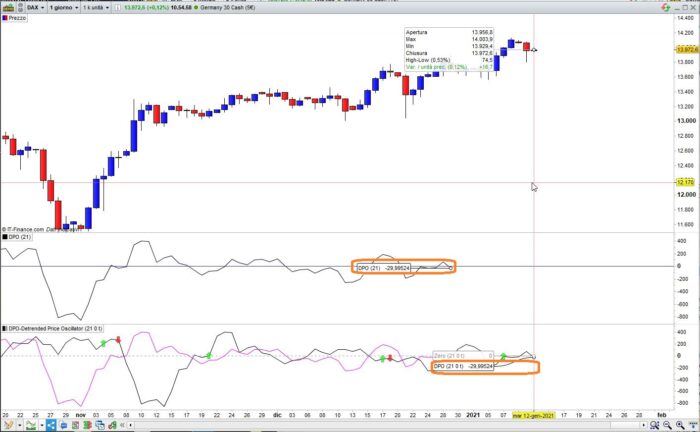


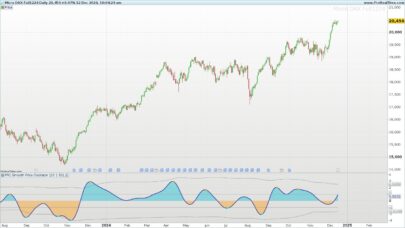




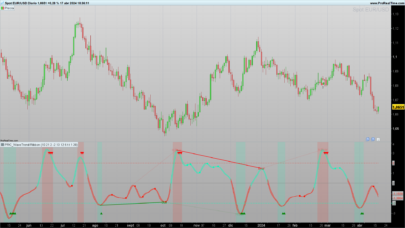
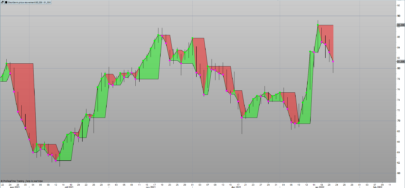
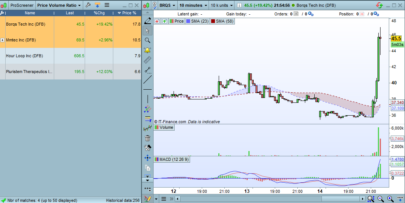
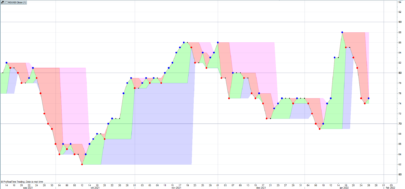
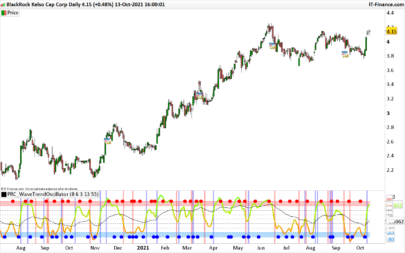

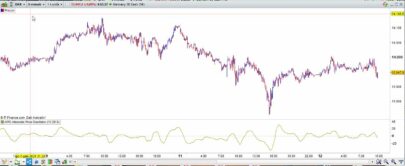
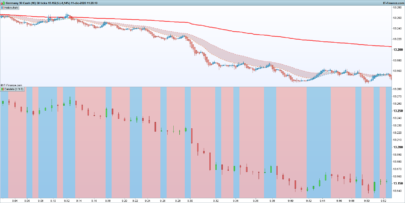
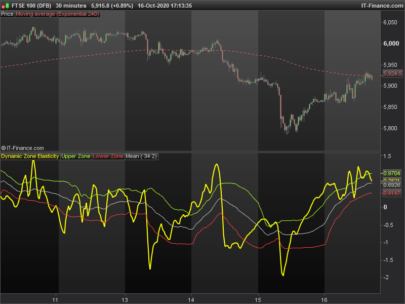
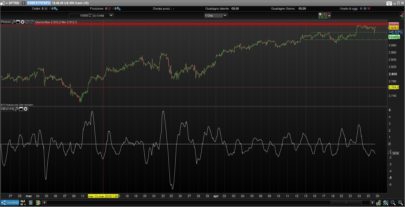





Ciao Roberto, the prc built-in indicator can be setted to past MA or future MA. How Can i set this indicator to show the past MA ? I’’m Trying to adjust a strategy with this filter.. Thank you 🙂
I don’t actually know what they are calculating. As soon as I know, I will post further info.
It’s because they calculate future bars, that’s why it’s not possible to use that indicator with automated strategies.